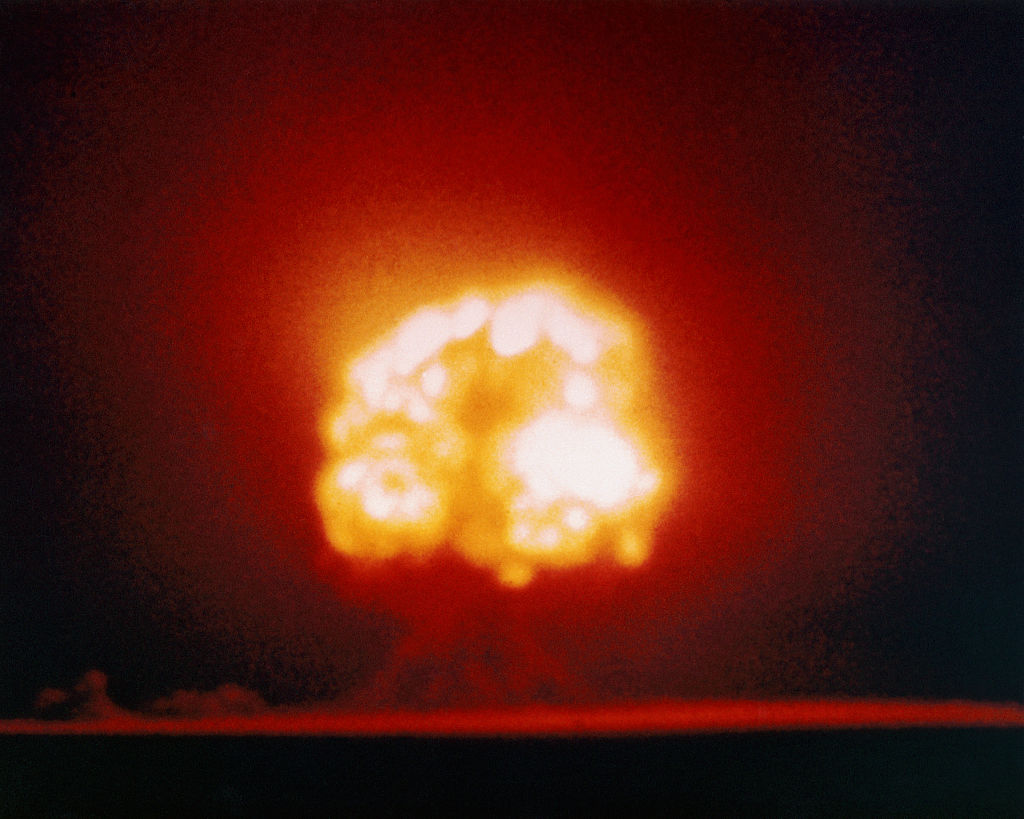To hasten the end of the Second World War, the United States dropped atomic bombs on two Japanese cities; Hiroshima and Nagasaki. Warfare was changed forever. While the US remains the only country that has ever dropped a nuclear bomb on an enemy, many other nations now have the weapons at the ready and have continued to use them as deterrents against further war. Prior to dropping “Fat Man” and “Little Boy” on Japan, American scientists had worked on another bomb, “Thin Man.”
Physicists developed multiple design ideas for a nuclear bomb
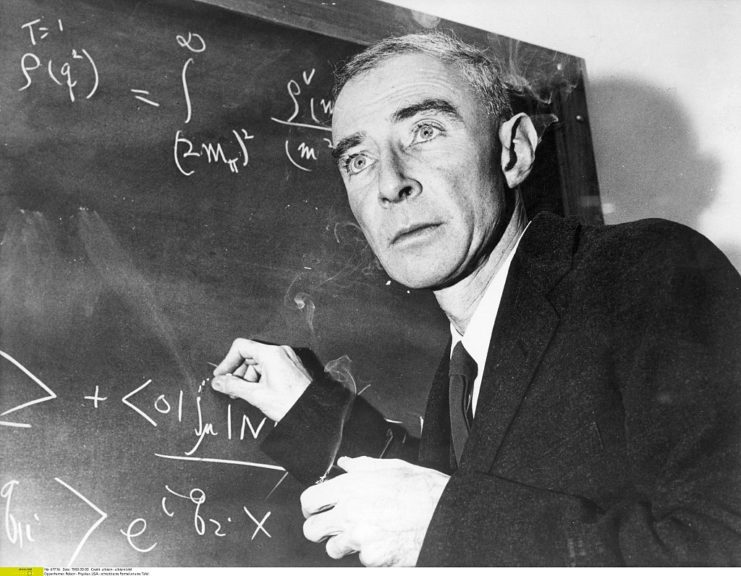
In 1942, Robert Oppenheimer held summer conferences in Chicago and Berkley, California. During these conferences, which occurred before the Army took control of the nuclear program, physicists discussed different designs for a nuclear bomb.
Robert Tolman, a scientist from Cal Tech, introduced the idea of an implosion-style bomb. Tolman’s idea, though, generated little interest as the physicists were focused on a gun-type design where the explosion would be triggered like a bullet shooting a target.
Developing Thin-Man was a top priority
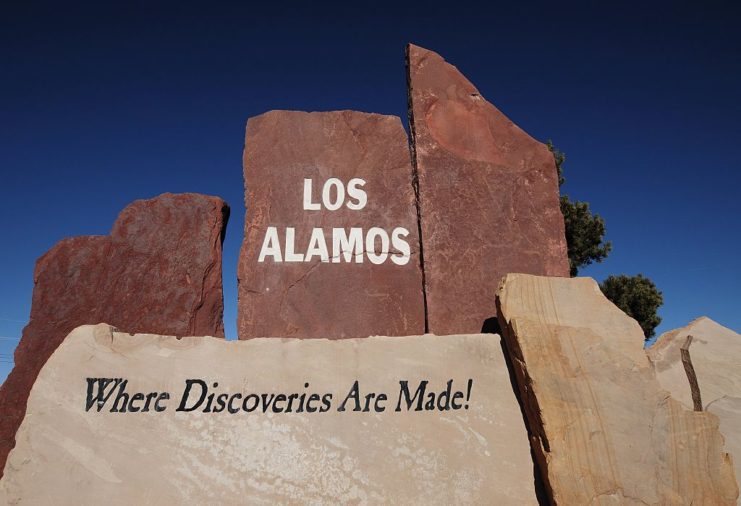
Nuclear bombs were developed in secret at the Los Alamos National Laboratory in New Mexico. The team, led by Oppenheimer, began work on both a gun-type and an implosion-style bomb. The gun-type prototype was nicknamed Thin Man and the implosion style was nicknamed Fat Man. The names, based on their shape, were coined by Robert Serber.
The team working on the gun design included Edwin McMillan, Charles Crutchfield, and Joseph Hirschfelder. The group hoped to use plutonium in their tests, but the element was not yet available. Thusly, much of their design was based only on theory.
Problems soon emerged with the weapon
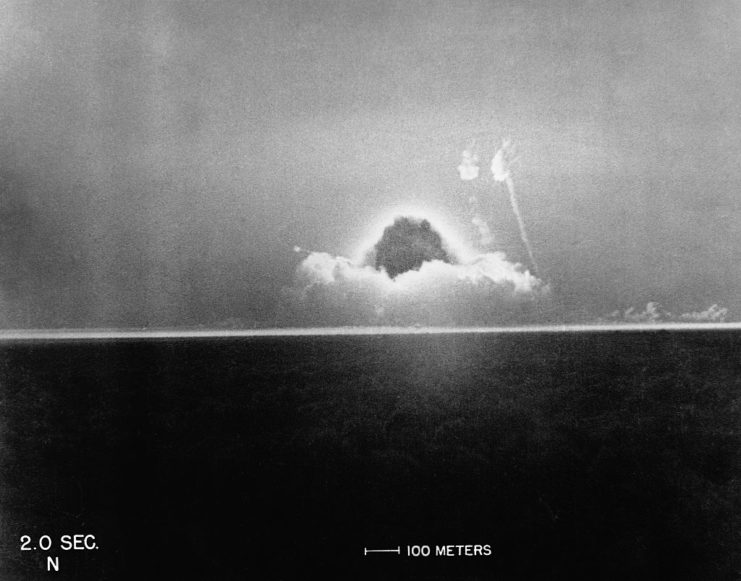
Nuclear bombs were entirely new and this created much trial and error. It didn’t take long for problems to emerge with Thin Man. One of the major issues with the bomb was its length. Due to how long the weapon was, they would spin sideways before hitting the ground. Due to this undesired movement, they would break up once they hit the ground.
A number of tests were conducted in Dahlgren, Virginia in 1943. After numerous failures, the testing was scrapped. The developers went back to the drawing board and attempted to make improvements. In 1944, the bomb was to be tested again. En route to the test, however, the Thin Man drop prematurely and fell into the B-29’s bomb bay doors. The test aircraft was badly damaged, but thankfully, no one was killed.
There were more issues with the design of Thin Man
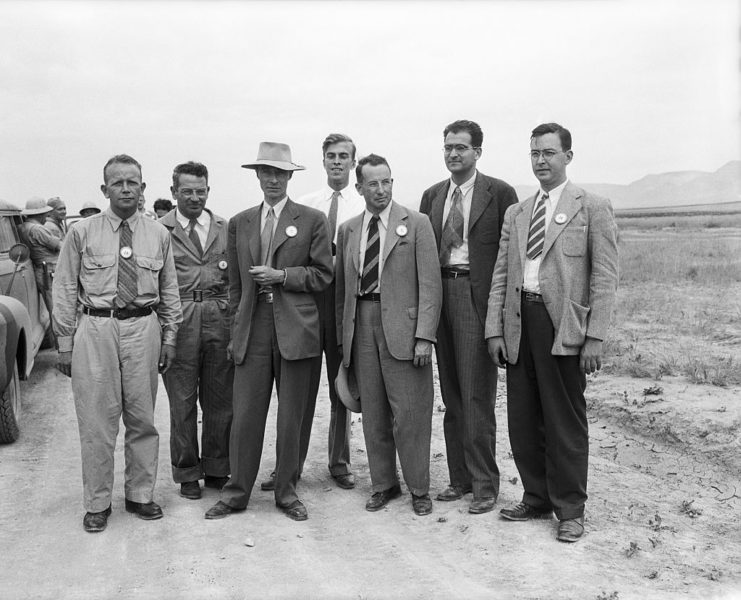
There had always been questions about whether or not a plutonium bomb was possible. In 1942, Sir James Chadwick, a Nobel Prize-winning physicist from England had, “concluded that plutonium might not be a practical fissionable material for weapons because of impurities.”
In order to use the gun-type design on Thin Man, scientists would need to use plutonium. The impurities, however, were just unworkable with the design.
During a July 1944 meeting, the decision was made to forego the development of the Thin Man bomb. Instead, all research and resources were placed towards creating the Fat Man bomb. While the Fat Man bomb was also plutonium-based, the implosion-based design made it more workable than Thin Man.
Fat Man and Little Boy become the first nuclear bombs
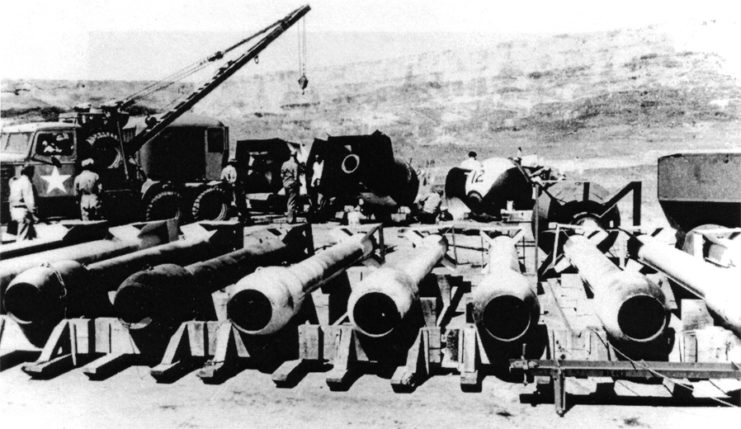
Much trial and error proved that Thin Man would have been dangerous. Scientists used what they learned from the testing to develop Little Boy. Little Boy, like Thin Man, was a gun-type fission weapon. Instead of using plutonium, though, to create its explosive charge, it used uranium.
Fat Man became the second-ever nuclear bomb used in warfare. Like Thin Man, it used plutonium to create its explosive charge. The design was different, however, with Fat Man being an implosion bomb whereas Thin Man was a gun-type bomb.
Since those bombs were dropped in the 1940s there has been no further use of nuclear weapons in warfare. On July 16th, after seeing the first successful test of a nuclear weapon, Oppenheimer famously said, “Now I am become Death, the destroyer of worlds.”
